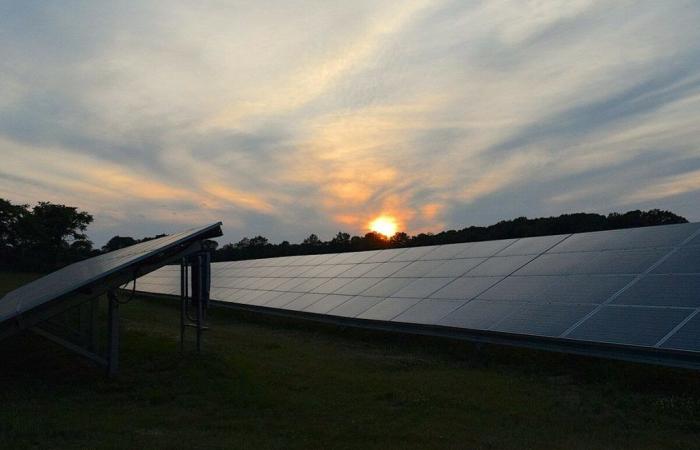Robert Jones / Pixabay
As electricity prices turn negative, California is struggling with a glut of solar energy.
You solar panels they are everywhere in sunny California. The climate is inviting, it has some of the richest places in the United States and, until recently, the Government gave good incentives for the installation of photovoltaic modules.
In fact, according to the The Washington PostCalifornia has almost 47 gigawatts of installed solar energy, enough to supply 13.9 million homes and supply more than a quarter of the country’s electricity Golden State.
But there is a problem: because there is so much solar energy on the grid, on sunny spring days, when there is not as much demand, electricity prices go negative. This is a preview of the economic and infrastructural problems that renewable energy will have to face.
“These are not insurmountable challenges,” said Michelle Davis, head of solar energy at the energy research and consulting firm Wood Mackenzie Power and Renewables. “But these are challenges that many network operators have never had to deal with.”
A solar energyunlike energy from fossil fuels, is not “dispatchable,” meaning electric grid operators cannot control – or even predict – how much energy it provides.
This causes the problem of the so-called “net load”: with too much solar energy on a given electrical grid, the net load – or electricity demand minus renewable energy – would take on a “U” shape.
Basically, high demand in the morning would be replaced by almost zero demand in the middle of the day, when solar energy could produce practically all the electricity people need. When the sun sets, demand increases again.
On a daily net load chart, this pattern is called “duck curve”, given its resemblance to the animal. The situation is more dramatic in springwhen the sky is sunny but temperatures are relatively mild, meaning there is less demand for heating or cooling.
In recent years in California, the duck curve has become a serious problem as solar energy is not used. In 2022, the state wasted 2.4 million megawatt-hours of electricity, 95% of which was solar. Last year, it managed to reach these numbers in the first eight months.
In the daily, Clyde Loutan, director of renewable energy integration at CAISO, said the state has long been prepared for more solar energy on the grid, but “we drastically underestimate the speed what residential solar energy would achieve.”
California responded to this situation in a way that angered renewable energy advocates. Last year, the state government began paying solar owners less for the energy they put into the grid, a practice known as “net metering”. This makes solar energy less affordable, restricting its adoption.
As discouraging as the measure may seem, there are other promising solutions to explore. Currently, for example, CAISO is selling part of the extra energy to nearby states.







